Imagine holding a fragment of bone that changed everything we thought we knew about life on Earth. One single discovery that forced scientists to redraw the entire family tree of evolution. You know that feeling when a puzzle piece suddenly clicks into place, revealing a picture you never expected? That’s exactly what happened when researchers uncovered fossils that completely rewrote our understanding of how complex life began.
is far more dramatic and surprising than most textbooks suggest. These groundbreaking discoveries didn’t just fill gaps in our knowledge. They shattered long-held beliefs and forced us to completely rethink when and how the most important chapters of life’s story actually unfolded.
The Cambrian Explosion That Started Much Earlier
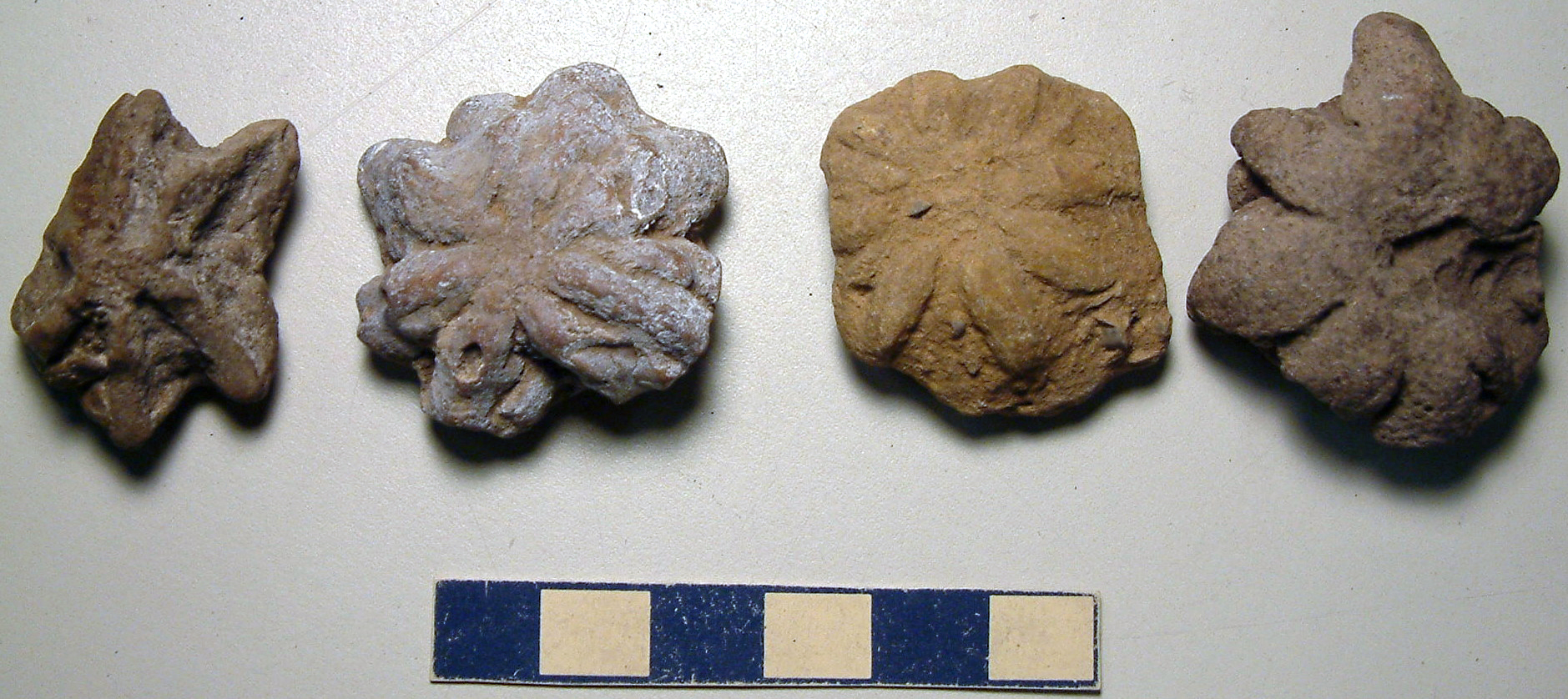
For decades, scientists believed the Cambrian explosion marked the sudden appearance of complex animal life around 530 million years ago. A groundbreaking study suggests that the famous Cambrian explosion – the dramatic burst of diverse animal life – might have actually started millions of years earlier than we thought. By analyzing ancient trace fossils, researchers uncovered evidence of complex, mobile organisms thriving 545 million years ago, well before the traditionally accepted timeline.
These early creatures likely had segmented bodies, muscle systems, and even directional movement, signaling a surprising level of biological sophistication. The discovery came through an unexpected source. Rather than looking for body fossils, scientists examined trace fossils – the preserved tracks and burrows left behind by ancient organisms.
Researchers analyzing ancient trace fossils from 545 million years ago found signs of surprisingly advanced, mobile creatures predating the Cambrian by millions of years. These organisms likely had segmented bodies, muscles, and even primitive sensory systems, leaving behind tracks that speak of movement, adaptation, and complexity. The implications are staggering for our understanding of when complex life truly began.
Lucy – The Fossil That Changed Human Origins
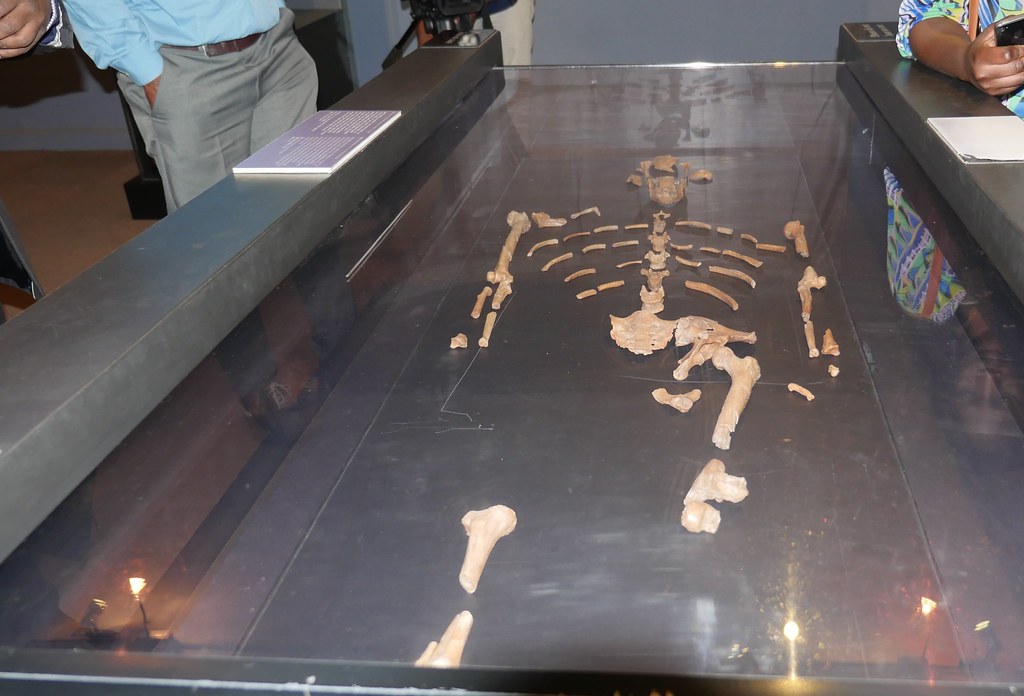
Long before the Cambrian revelation, another fossil discovery had already rewritten the human story. On November 24, 1974, paleoanthropologist Donald Johanson was looking for something very specific in the gravel-strewn landscape of northeastern Ethiopia. A year earlier, Johanson and a colleague had made a thrilling discovery in the very same region – a perfectly preserved knee joint from an ancient human that walked those hills 3.2 million years ago. That was nearly a million years older than the oldest known human fossil at the time.
What Johanson found that day changed everything. With the discovery of Lucy, scientists were forced to reconsider key details of the human story, from when and where humanity got its start to how the various extinct members of the human family were related to one another – and to us. Her combination of apelike and humanlike traits suggested her species occupied a key place in the family tree: ancestral to all later human species, including members of our genus, Homo.
The impact extended far beyond a single skeleton. In 1975, a year after discovering Lucy’s skeleton at the Hadar site, Johanson’s team made an even more astonishing find: the ancient remains of a group of 17 individuals, probably related, which also dated back 3.2 million years. Prior to Lucy, the oldest known human fossil – a 2.5-million-year-old skull recovered from a cave in South Africa – was from an ape-like hominin species called Australopithecus africanus. But Johanson’s hominins dated nearly a million years earlier and came from East Africa, a completely different region.
Multiple Human Species Coexisted

Recent discoveries have shattered the linear view of human evolution that dominated thinking for decades. Newly discovered fossils in Ethiopia show that Homo coexisted with Australopithecus 2.6 million years ago, rewriting the timeline of human evolution. Far from a straight line, early human history was a tangled web of competing species.
People often think evolution is a linear progression, like the March of Progress, but in reality humans are only one species that make up a twig of a bigger family tree — it’s quite bushy and what we found is another twig that was previously unknown. The idea that Homo appears and immediately spreads around the planet and replaces all other hominin species is not accurate. Homo lived side-by-side with many other hominin species throughout Africa.
This revelation completely overturned the old evolutionary models. Human evolution was not a gradual, linear process, as it appeared in the 1940s and ’50s. It did not consist of a nearly unbroken chain, one hominin evolving into the next through time. Fossil discoveries in the ’60s and ’70s revealed a bushier family tree, with many dead-end branches. The discovery meant that multiple human species shared the planet, sometimes in the same regions.
The Revolutionary Walking Fish
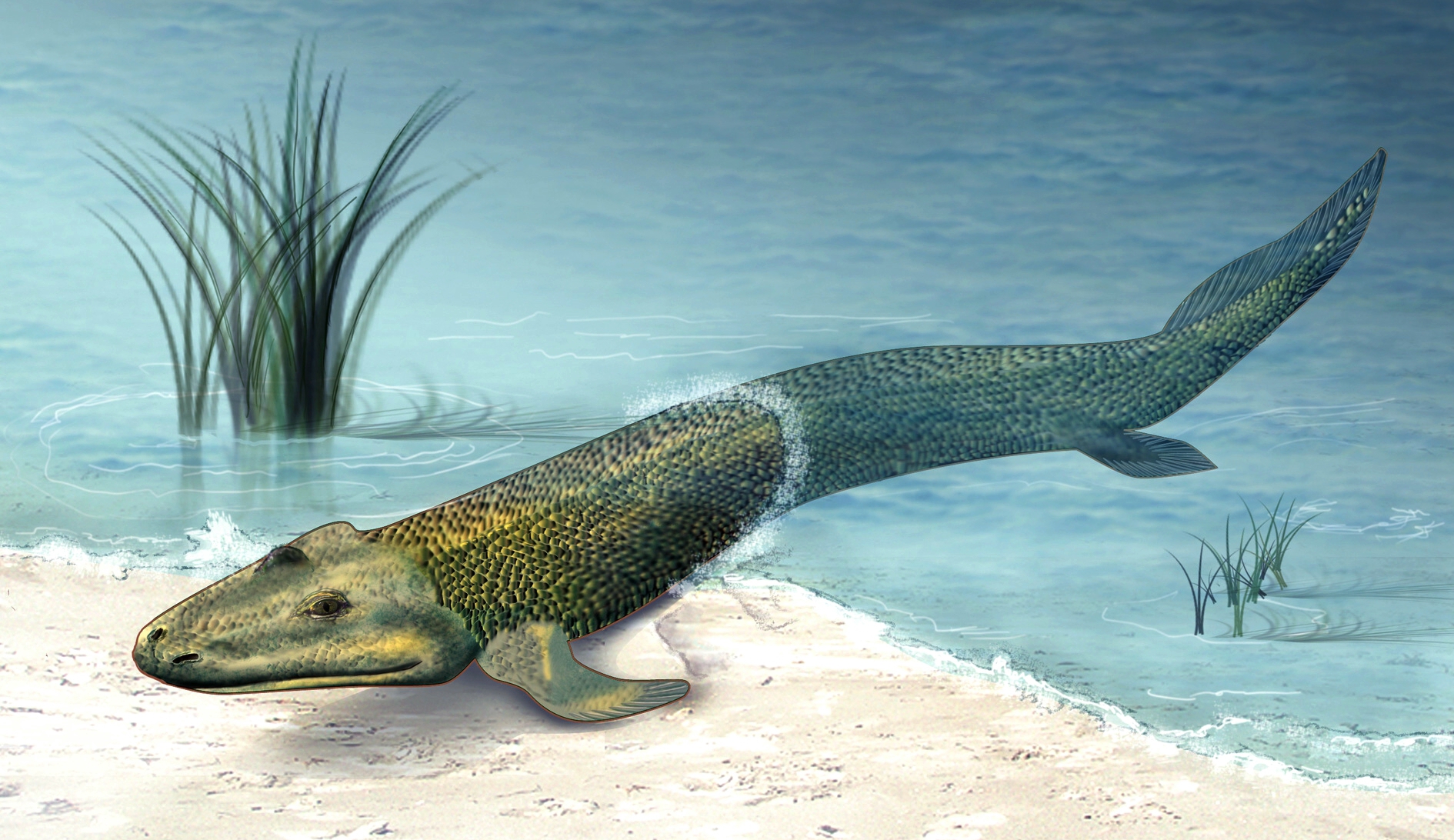
Perhaps no fossil has captured the imagination quite like Tiktaalik, the fish that learned to walk. Tiktaalik lived approximately 375 million years ago. It is representative of the transition between non-tetrapod vertebrates (fish) such as Panderichthys, known from fossils 380 million years old, and early tetrapods such as Acanthostega and Ichthyostega, known from fossils about 365 million years old.
Unearthed in Arctic Canada, Tiktaalik is a non-tetrapod member of Osteichthyes (bony fish), complete with scales and gills – but it has a triangular, flattened head and unusual, cleaver-shaped fins. Its fins have thin ray bones for paddling like most fish, but they also have sturdy interior bones that would have allowed Tiktaalik to prop itself up in shallow water and use its limbs for support as most four-legged animals do. Those fins and other mixed characteristics mark Tiktaalik as a crucial transition fossil, a link in evolution from swimming fish to four-legged vertebrates.
The discovery wasn’t just about anatomy – it revealed something profound about how major evolutionary transitions actually happen. The newly described, well-preserved pelves and partial pelvic fin from this 375 million-year-old transitional species between fish and the first legged animals, reveals that the evolution of hind legs actually began as enhanced hind fins. The newly described, well-preserved pelves and partial pelvic fin from this 375 million-year-old transitional species between fish and the first legged animals, reveals that the evolution of hind legs actually began as enhanced hind fins, contrary to the existing theory that large hind legs developed after vertebrates transitioned to land.
The Mysterious Denisovans Emerge from DNA
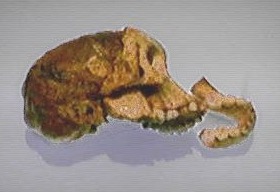
Sometimes the most revolutionary discoveries come from the tiniest fragments. Among these forgotten cousins are the Denisovans, a mysterious group that emerged during the Pleistocene epoch, with fossils dating back at least 200,000 years. Yet unlike Neanderthals, who left behind dozens of fossils and artifacts, Denisovans remain almost invisible. Only a handful of fossil fragments – part of a finger bone, a jaw, and a few teeth – have been discovered.
What makes this discovery extraordinary is how scientists identified entire populations from almost nothing. In a tiny piece of bone, hidden in a Siberian cave for tens of thousands of years, lay a secret that rewrote our history. Now, with every new technique and every new discovery, we peel back more layers of that story. Using revolutionary genetic techniques, researchers have now potentially identified Denisovan skulls that had been sitting in museums for decades.
Two skulls stood out: the Harbin skull and the Dali skull, both from China. The Harbin skull matched 16 of the Denisovan traits, while the Dali skull matched 15. These skulls, massive and strikingly different from modern humans, may well be the long-sought faces of the Denisovans.
When Family Trees Become Bushes
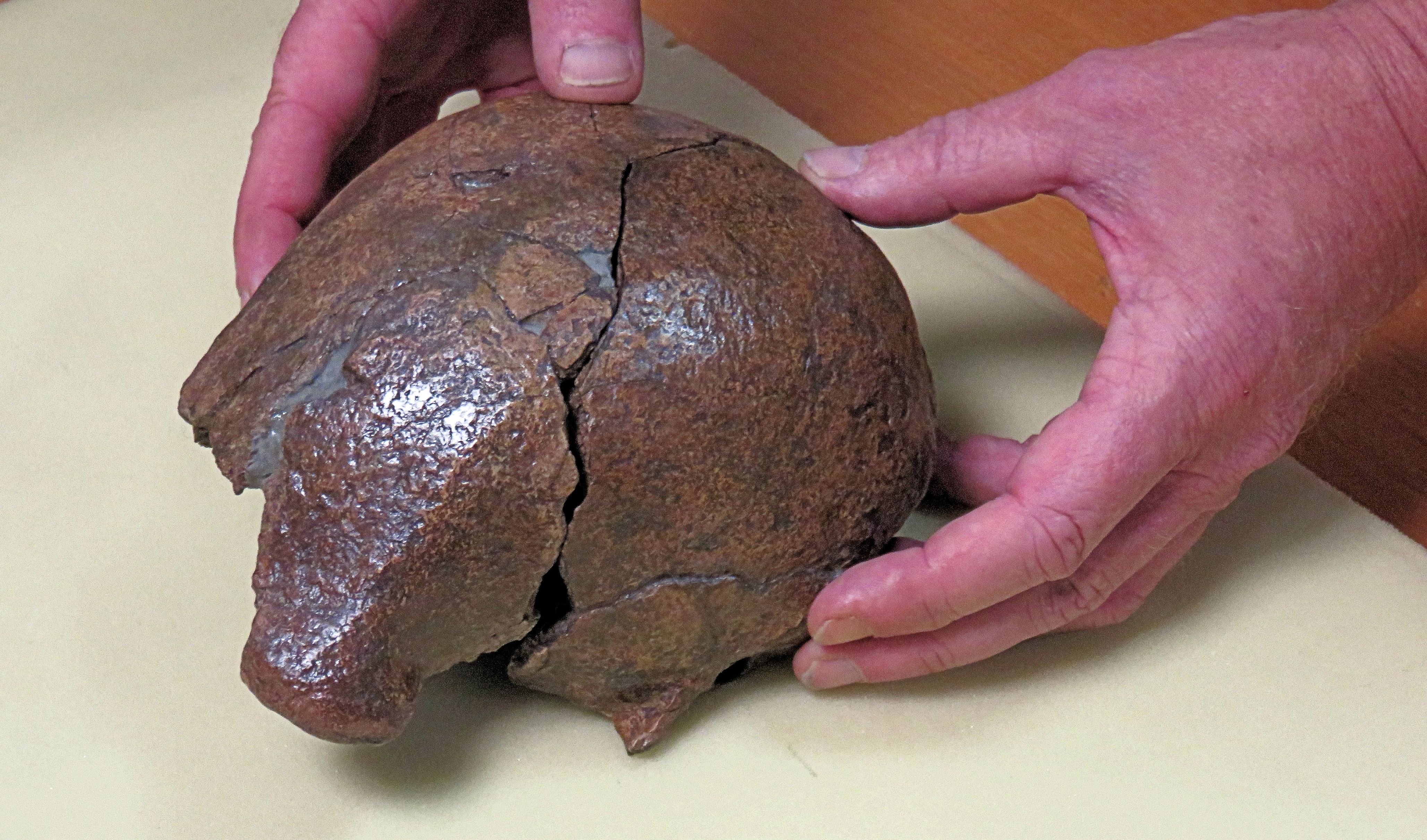
One of the most shocking realizations from these fossil discoveries is how wrong scientists were about the shape of evolutionary history. This fossil was found in the same layer as a specimen of Paranthropus boisei, finally disproving the ‘single species’ theory that was popular at this time. Followers of this theory believed that only one hominin species could occupy an area at the one time and that the family tree was a single, evolving line moving through phases to modern humans. This find proved that the human family tree was more like a branching bush and that evolution was not linear.
The reality is far more complex and fascinating than anyone imagined. By some counts, more than 20 hominin species have been identified in the fossil record. Experts disagree on how to classify all of these forms – “Fossil species are mental constructs,” a paleoanthropologist once told Science News – but clearly the hominin family was diverse, with some species overlapping in both time and place.
One of the most exciting developments in the field of human origins research since the discovery of Lucy has been the revelation that for most of our prehistory multiple human species, or hominins, roamed the planet. One of us (Haile-Selassie) has found hominins that overlapped in time and space with Lucy’s kind. This completely transformed our understanding of how evolution actually works.
The Fossil Record Tells Complex Stories
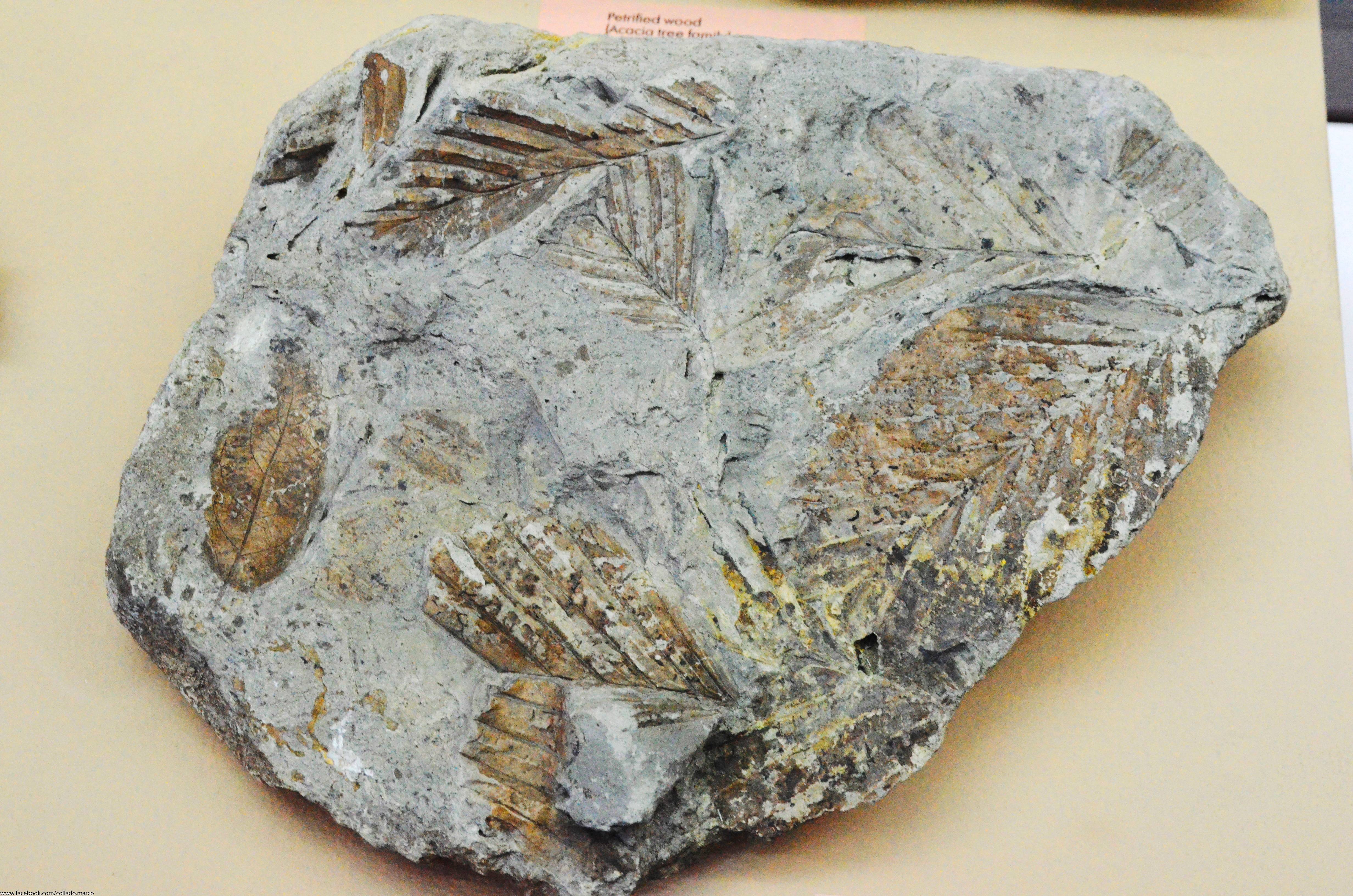
The fossil record provides snapshots of the past which, when assembled, illustrate a panorama of evolutionary change over the past 3.5 billion years. The picture may be smudged in places and has bits missing, but fossil evidence clearly shows that life is very, very old and has changed over time through evolution.
What makes these discoveries so powerful is their ability to reveal not just anatomy, but behavior and environment. This leaf fossil (which is a bit more than 10 million years old) shows a distinct pattern of damage – one that matches the damage to modern leaves caused by the caterpillar of the moth Stigmella heteromelis. The damage patterns are so similar and distinct from other sorts of leaf damage that, although we don’t have fossils of the ancient moth itself, we know from the leaf fossil that it must have been present in the environment and at the time that this plant lived. Based on where this fossil was found, scientists know that the moth species has a much smaller range today than it did in the past.
Every fossil tells a story about ancient ecosystems, relationships, and behaviors that would otherwise be lost forever. The trace fossil record provides valuable information about evolutionary periods when soft-bodied fauna were dominant. Fossil traces reflect the behavior of the organism that generates them, which is determined by habitat and responses to environmental stimuli. Therefore, they are an indicator of the paleoecological conditions in which the organisms that generated them lived.
How Single Discoveries Change Everything
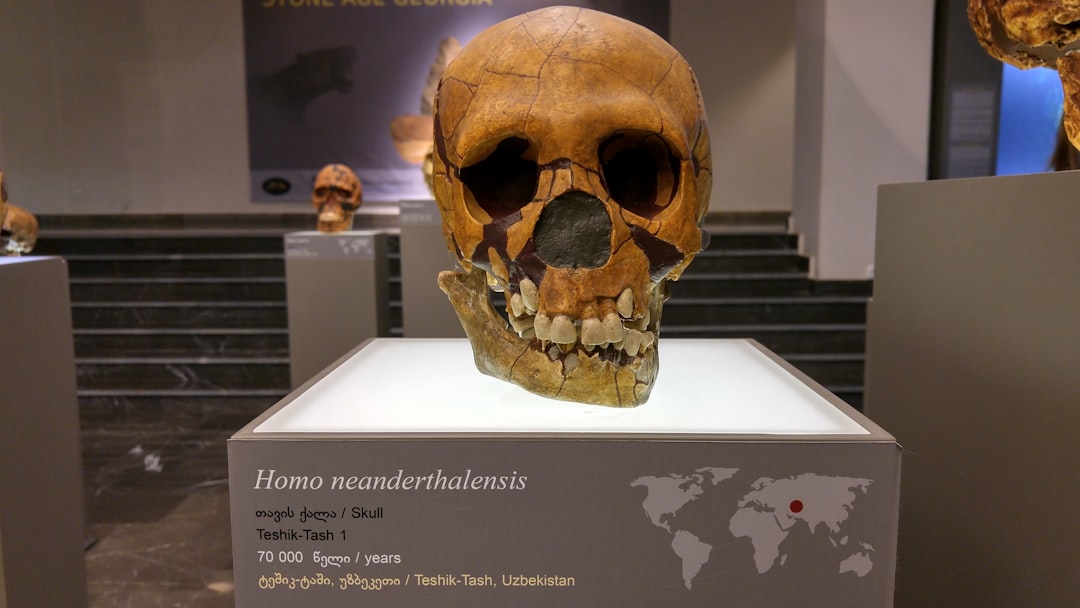
The power of these fossil discoveries lies not just in what they reveal, but in how dramatically they can shift our entire understanding. If headlines are to be believed, phylogeny – the business of drawing family trees between different species – is an etch-a-sketch science. No sooner are family trees drawn before they’re rearranged. It’s easy to rile against these seemingly sensationalist claims, but James Tarver from the University of Bristol has found that the reality is more complex.
The reality is that some evolutionary trees are more stable than others. For catarrhines, claims about evolutionary histories being rewritten are indeed overblown. The shape of the tree that links these animals has been remarkably stable over time, especially within the last century. Scientists had identified most of the key groups early on and when they discovered new species, they tended to uncover hidden twigs on the tree, rather than rearrange entire branches.
However, some groups continue to surprise us. They found that the catarrhine tree is far more stable than that of the dinosaurs. For the latter group, claims about new fossils that rewrite evolutionary history (while still arguably hyperbolic) have the ring of truth about them. This means that in some areas of the evolutionary tree, single discoveries really can overturn decades of established thinking.
The Future of Evolutionary Discovery

These groundbreaking discoveries have opened entirely new ways of studying the past. What sets the new paper apart is its mathematical approach. The authors modeled modern track size to body length, then applied that scaling framework to ancient trace fossils. The outcome is a statistically grounded estimate of early animal width, length, and locomotion speed.
This new discovery opens the door to quantitatively study future Ediacara trace fossils and to corroborate that the explosion did not happen in the Cambrian, but many millions of years earlier. These findings also provide a new framework for studying other critical evolutionary periods, such as the diversification events of the Ordovician. Scientists now have tools to extract far more information from fossil traces than ever before.
The techniques that revealed Denisovan faces from genetic blueprints represent another frontier. This technique could help identify other extinct human relatives hidden in the fossil record, refining our understanding of human evolution. Our work lays the foundation for future efforts to infer phenotypes of other extinct hominin groups and to refine the taxonomic classification of the fossil record using genetic data.
These remarkable fossil discoveries remind us that the story of life is far more complex, dramatic, and surprising than we ever imagined. Each breakthrough forces us to redraw our understanding of when major evolutionary events occurred, how different species related to each other, and what ancient life was actually like. From tiny trace fossils revealing advanced animal behavior 545 million years ago to DNA fragments identifying entire human populations, these discoveries continue to rewrite the fundamental chapters of evolutionary history.
The most fascinating aspect is that we’re probably just getting started. With new technologies allowing scientists to extract information from fossils in ways previously unimaginable, who knows what revolutionary discoveries await us in museum collections or remote dig sites around the world? What do you think the next fossil discovery might reveal about our understanding of evolution?




